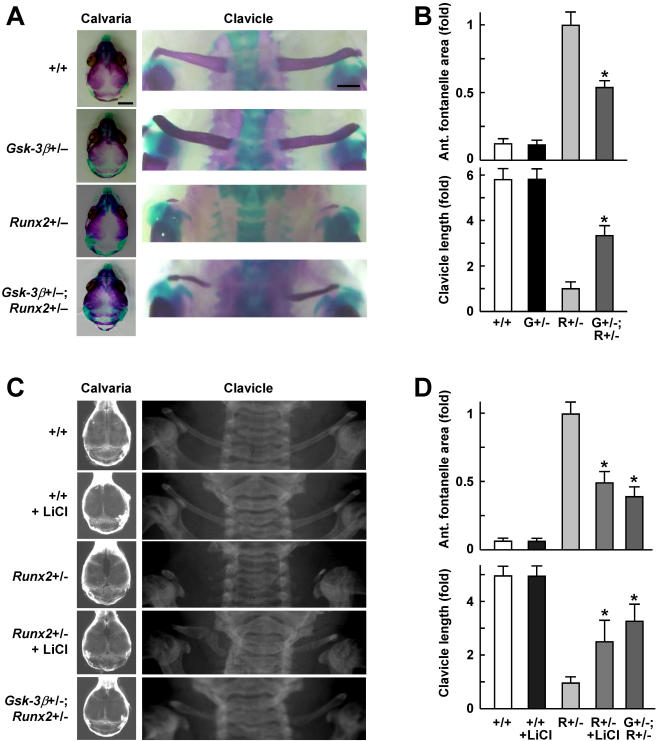Figure 5. Genetic and pharmacological rescue of cleidocranial dysplasia by suppressing GSK-3β.
(A) Calvarias and clavicles of Gsk-3β+/+, Gsk-3β+/–, Runx2 +/–, and Gsk-3β+/– ; Runx2 +/– neonates (0-day) stained with Alizarin red and Alcian blue (bars, 3 mm for calvaria and 0.5 mm for clavicle). (B) Quantitative analyses using the NIH image of the anterior fontanelle area and the clavicle length of the four genotypes. (C) Plain radiographs at 3 weeks of age of the skulls and clavicles of Gsk-3β+/+ with and without LiCl administration from E7.5 to 3 weeks after birth, Runx2 +/– with and without the LiCl administration, and Gsk-3β+/– ; Runx2 +/– mice. (D) Quantitative analyses using the NIH image of the five groups. For (B) and (D), data are mean (bars)±SEM (error bars) of the relative amount compared to Runx2 +/– of 6 mice per group. *P<0.01, significant rescue by genetic GSK-3β insufficiency or LiCl.

